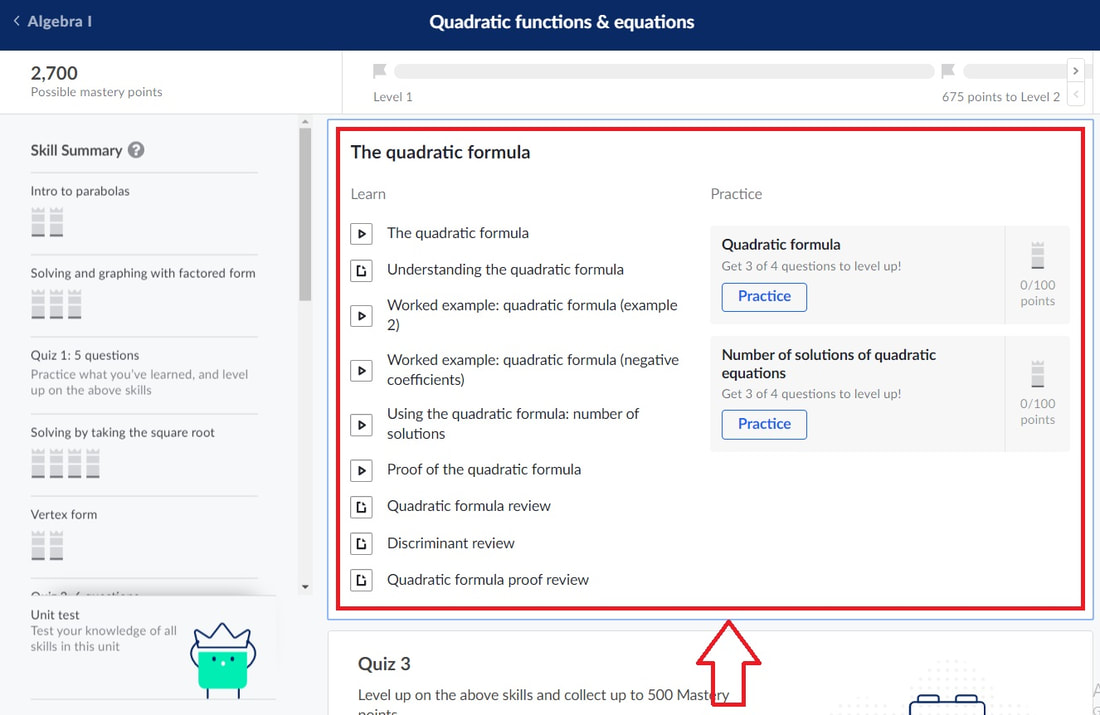



Negative 2.5 times negative six is positive 15. Going to be negative two times seven which is negative 14 plus negative 2.5 times negative six. So what is this going to be equal to? The first entry is Negative two, negative 2.5, negative one, negative one times seven and negative six. Now let's multiply A inverse times our column vector, seven, negative six. Negative 1/2, negative 1/2 times five is negative 2.5, negative 2.5. So A inverse is going to be equal to, A inverse is going to be equal to, let's see, this is negative 1/2 times four is negative two. If all of this looksĬompletely unfamiliar to you, you might want to review the tutorial on inverting matrices because that's all I'm doing here. This is from a negative two this is going to become a positive two, and this right over Notice I just swapped these, and making these two negative, the negative of what they already are. You multiply one over the determinant times what is sometimesĬalled the adjoint of A which is essentially swapping the top left and bottom right or at leastįor a two-by-two matrix. Once again, two times four is eight minus negative two times negative five so minus positive 10 which It's going to be eight minus positive 10, eight minus positive 10, which would be negative two. A inverse, A inverse is equal to one over the determinant of A, the determinant of A for a two-by-two here is going to be two timesįour minus negative two times negative five. The column vector B to figure out what the column vector X is, and what S and T are. Out what A inverse is and multiply that times Then we've essentially solved this system of equations. If we know what column vector X is, then we know what S and T are. If we do that then weĬan get to essentially solving for the unknown column vector. Them on the left-hand sides of their respective sides by A inverse because remember matrix, when matrix multiplication order matters, we're multiplying the left-hand side of both sides of the equation. Left and the right-hand sides of the equation, and we have to multiply What was interesting about that is we saw well, look, if A is invertible, we can multiply both the What was interesting about it, then that would be the equation A, the matrix A times the column vector X being equal to the column vector B. Then the column vector B is essentially representing the The column vector X has our two unknown variables, S and T.

System of two equations with two unknowns and represent it as a matrix equation where the matrix A's are the coefficients here


 0 kommentar(er)
0 kommentar(er)
